Neat Symmetry: Auto Framing
This article explains more details regarding the auto framing technology used in Neat devices. Symmetry allows people in a Neat room to be shown in their own dynamic video frame. This improves the conference experience for other participants in the meeting by allowing people in the Neat room to be seen more easily.
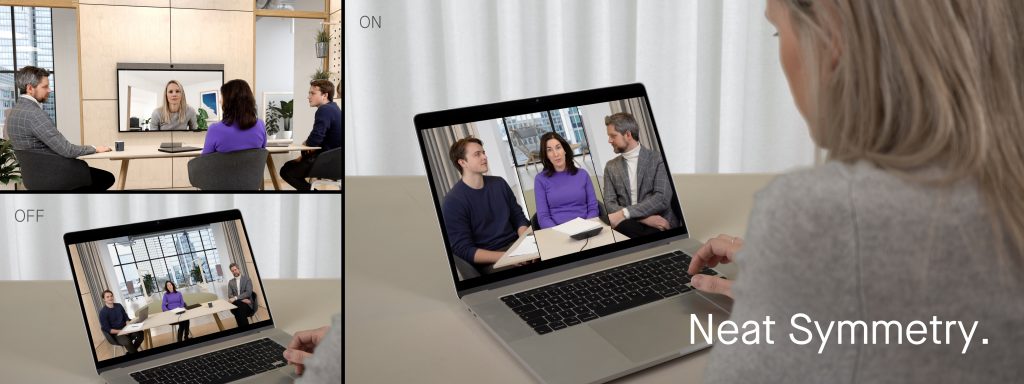
To learn more about how Neat Symmetry enhances the meeting experience, click here.
People detection
Neat Symmetry uses Neat’s people finding, video composing, and artificial intelligence to recognize where people are in a room or space and frame them accurately. With Neat’s advanced people detection system, a person can still be framed correctly even if they are not facing the camera, wearing a mask, etc..
Framing boundary
In certain rooms with glass walls or in open spaces, other people’s reflections or people outside the scope of the meeting may be detected.
To prevent these unwanted detections, Neat team introduced ‘Neat Boundary’ functionality in June 2021. This allows system administrators to define a ‘frame’ for Neat’s camera to operate within. This means that the auto framing feature will not detect people walking outside a glass wall. Inside the boundary, auto framing will function as expected.
See here how to configure Neat Boundary.
People entering and the leaving meeting room
Individuals can sit in multiple positions in the room, nearer or further from the camera, and Neat Symmetry will frame each position optimally. People can move about the room, and people can enter or leave, and Symmetry will adjust the framing automatically for the new group composition.
If people leave or if new people enter the room, the Neat device will purposefully wait a short amount of time before framing the new number of people. This is to help minimize camera movements and provide a steady video that is not too jumpy for the far end participants of the meeting.
Overview of compositions used in individual framing
This is a general guideline how Neat symmetry will compose the layout based on the number of dynamic frames used. The auto-framing algorithm will make different decisions on how to frame people in different room layouts and in different participant positioning scenarios. For instance, if two participants are overlapping each other from the perspective of the camera (e.g. one person sitting in front of another), the Neat device may choose to put them in the same video frame.
Neat Bar
| # frames | Total camera view | What we frame | Composition used |
| 1 |  | 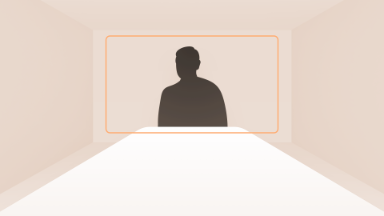 |  |
| 2 |  | 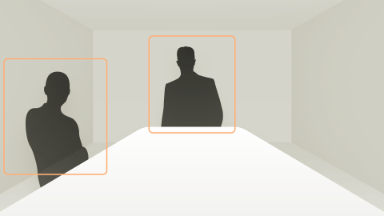 | 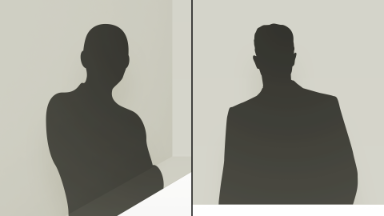 |
| 3 |  | 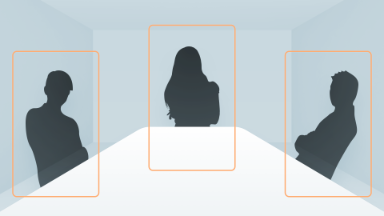 | 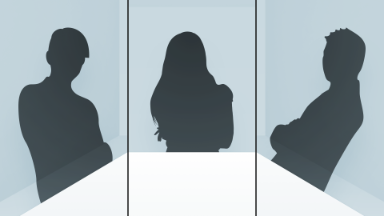 |
| 4 |  |  | 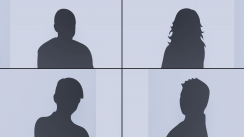 |
| 5 |  |  |  |
| 6 |  | 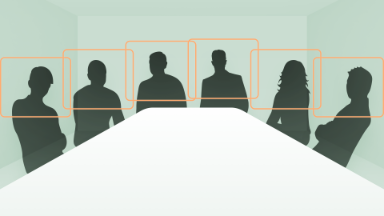 |  |
| 7 |  | 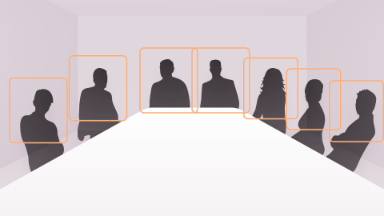 | 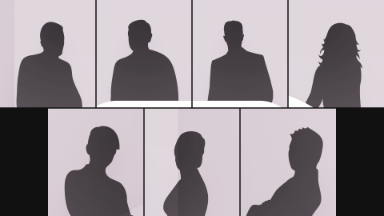 |
| 8 |  |  | 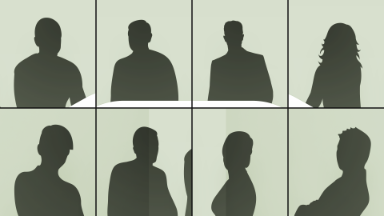 |
Neat Bar Pro
When fewer than 8 frames are needed to capture the number of people in a room, the Neat Bar Pro will arrange participants in the same way as the Neat Bar. The table below shows how the Neat Bar Pro will arrange participants when 9-15 dynamic frames are needed to capture all of the people in the room or within the framing boundary of the Neat Bar Pro.
Note that with larger amount of people int he room, there is a high likelihood that Neat Symmetry will include more than one person in a frame.
| # frames | Composition used |
| 9 | 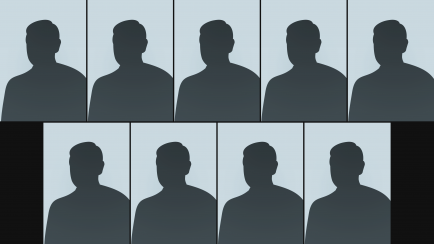 |
| 10 | 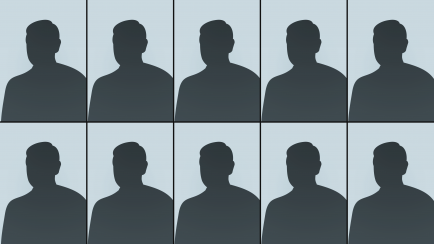 |
| 11 | 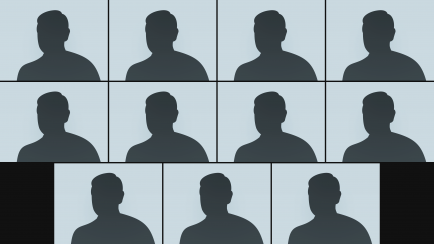 |
| 12 | 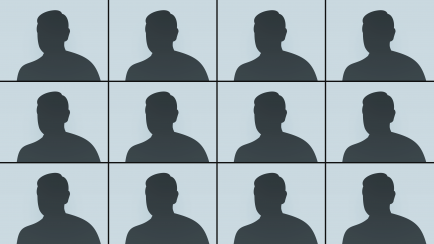 |
| 13 | 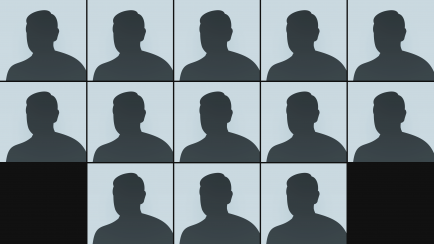 |
| 14 | 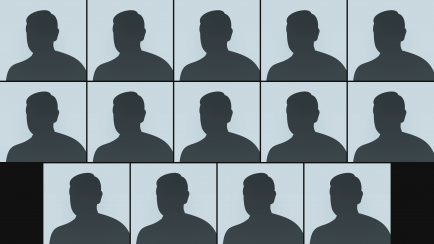 |
| 15 | 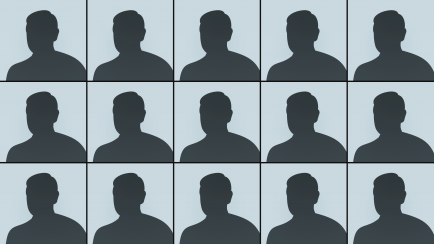 |
Auto Framing Limits
When there are too many people in the room they are usually close together, so framing each individual would clutter the composition more than the benefit of the small enlargement of people. This is why when a Neat device hits its maximum number of frames, it will show the regular group shot instead of framing any individuals. The maximum number of dynamic frames that will be included in auto-framing is 8 for the Neat Bar and Neat Board, and 15 for the Neat Bar Pro.
